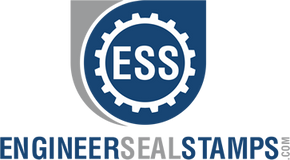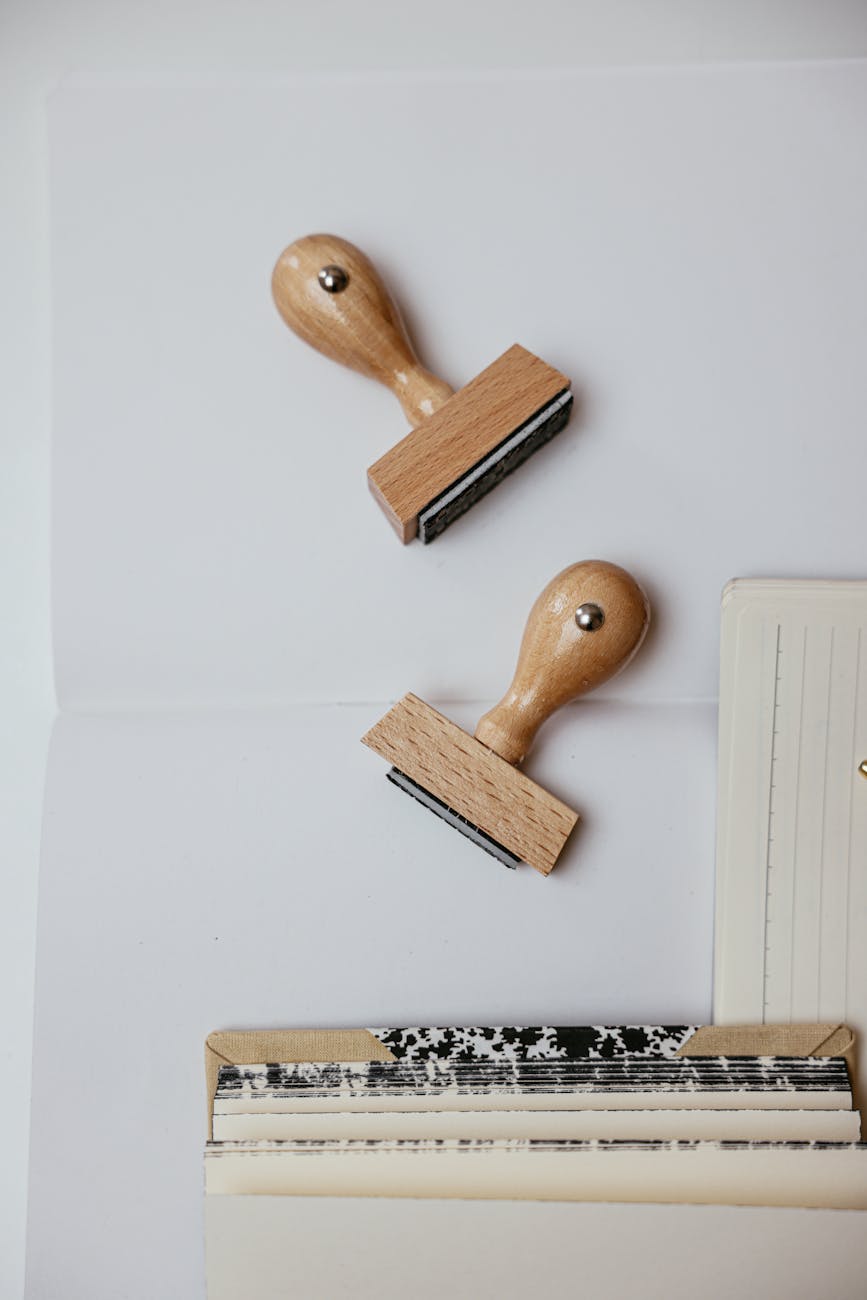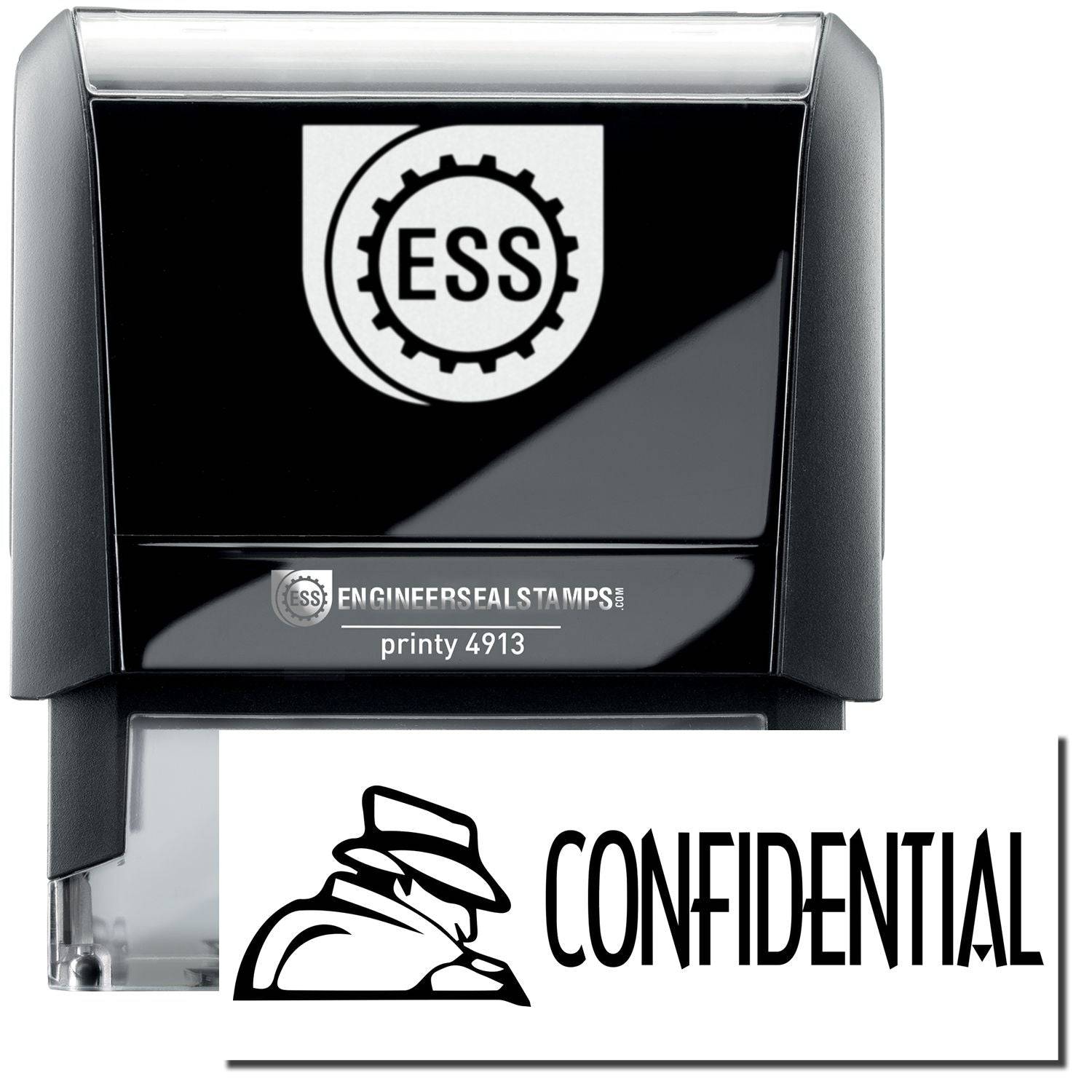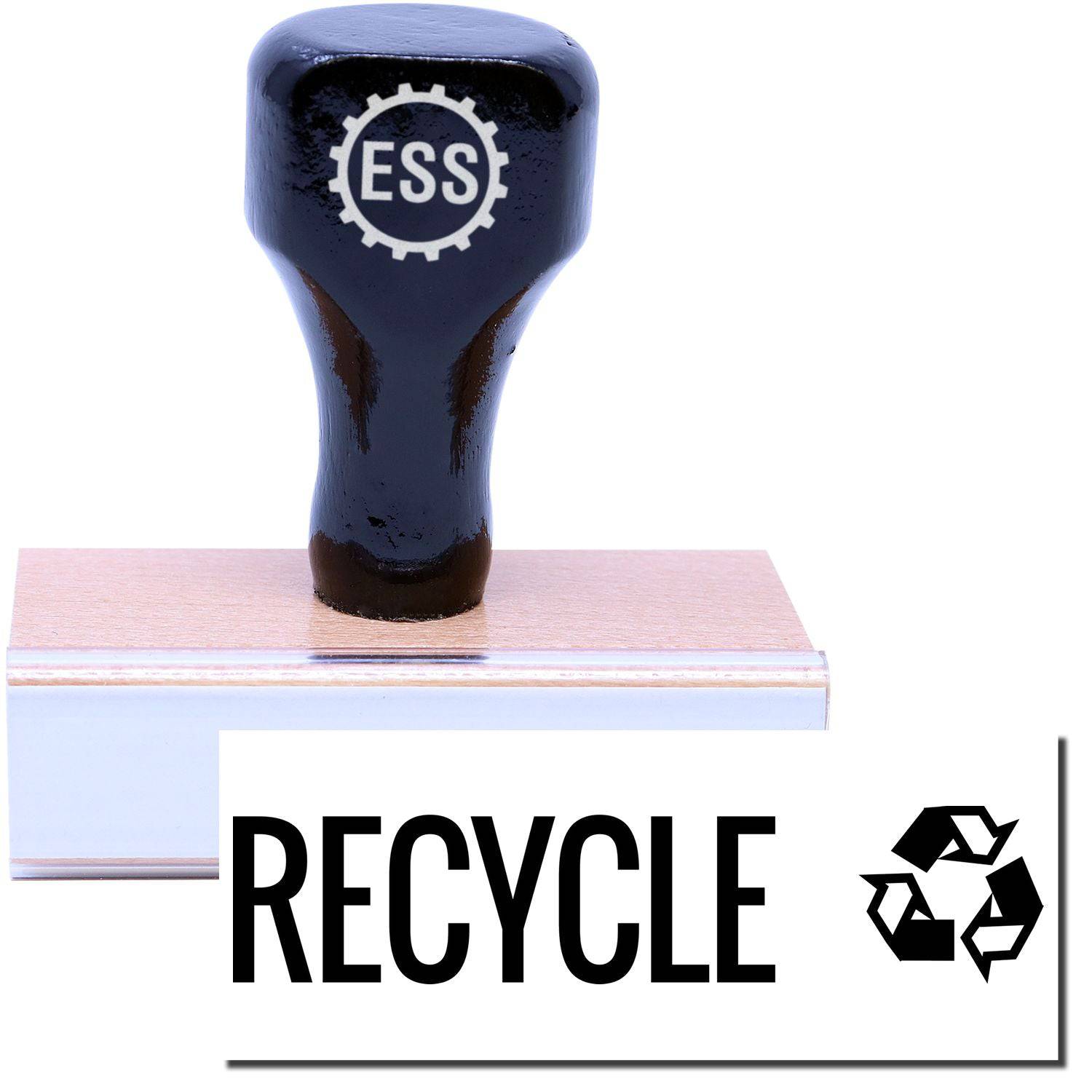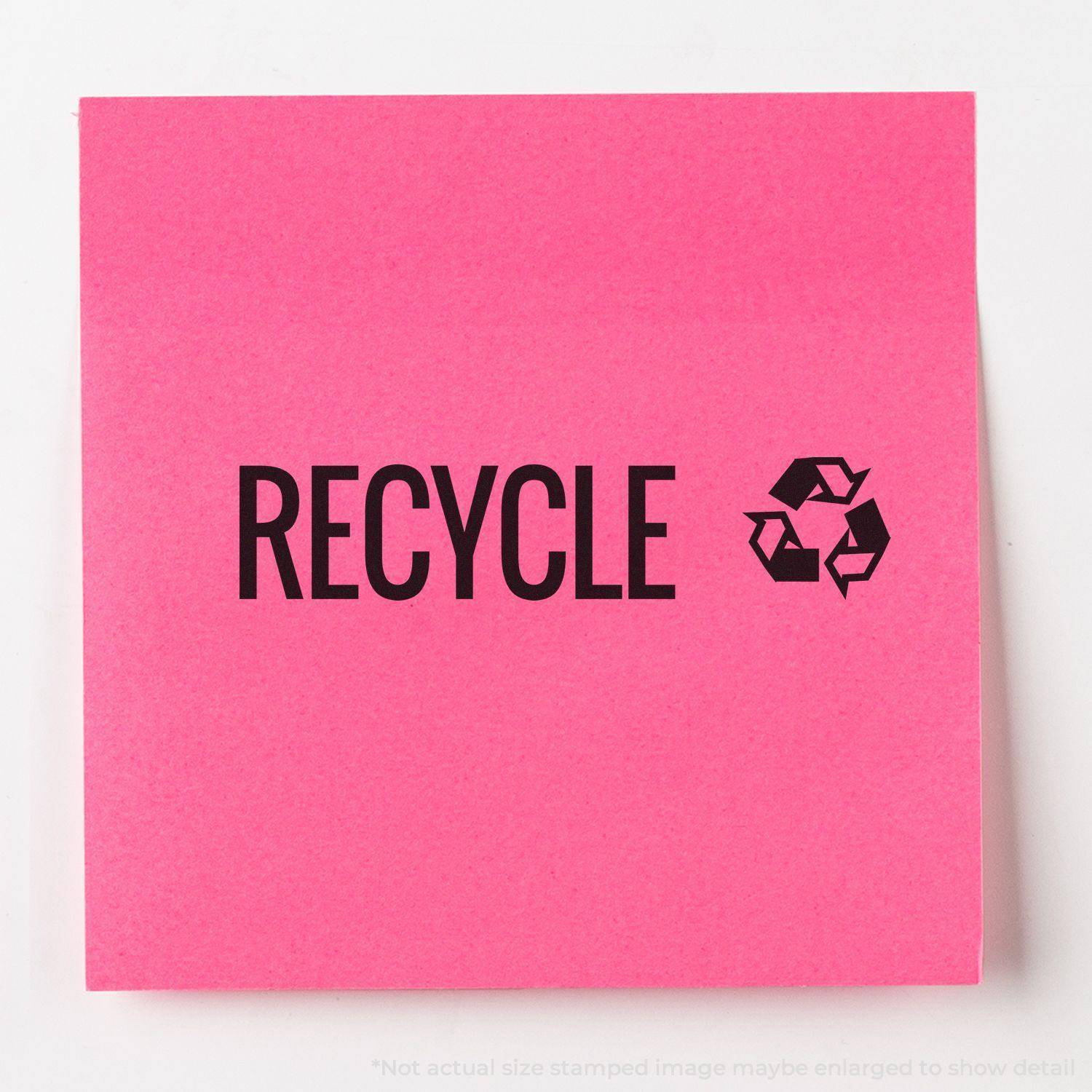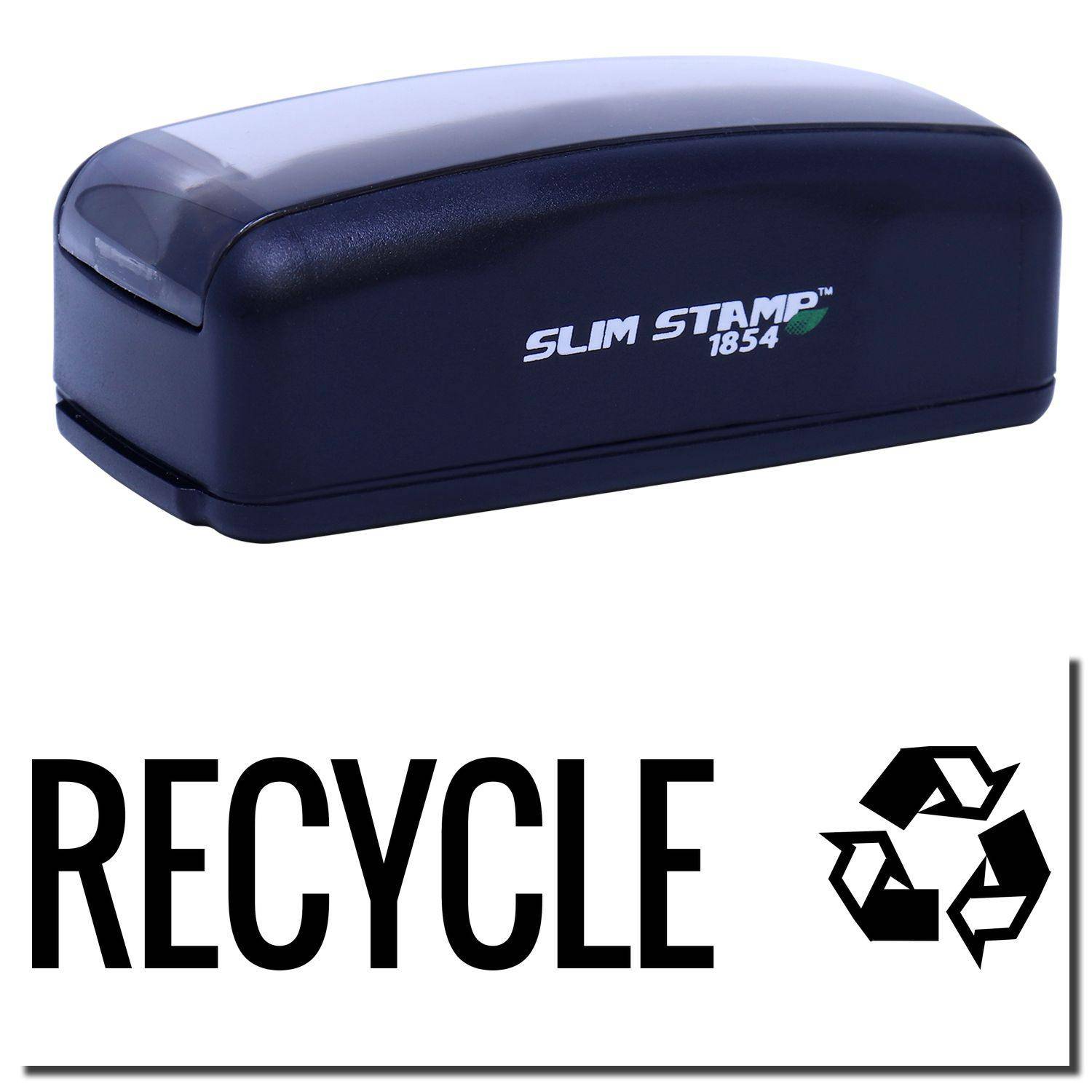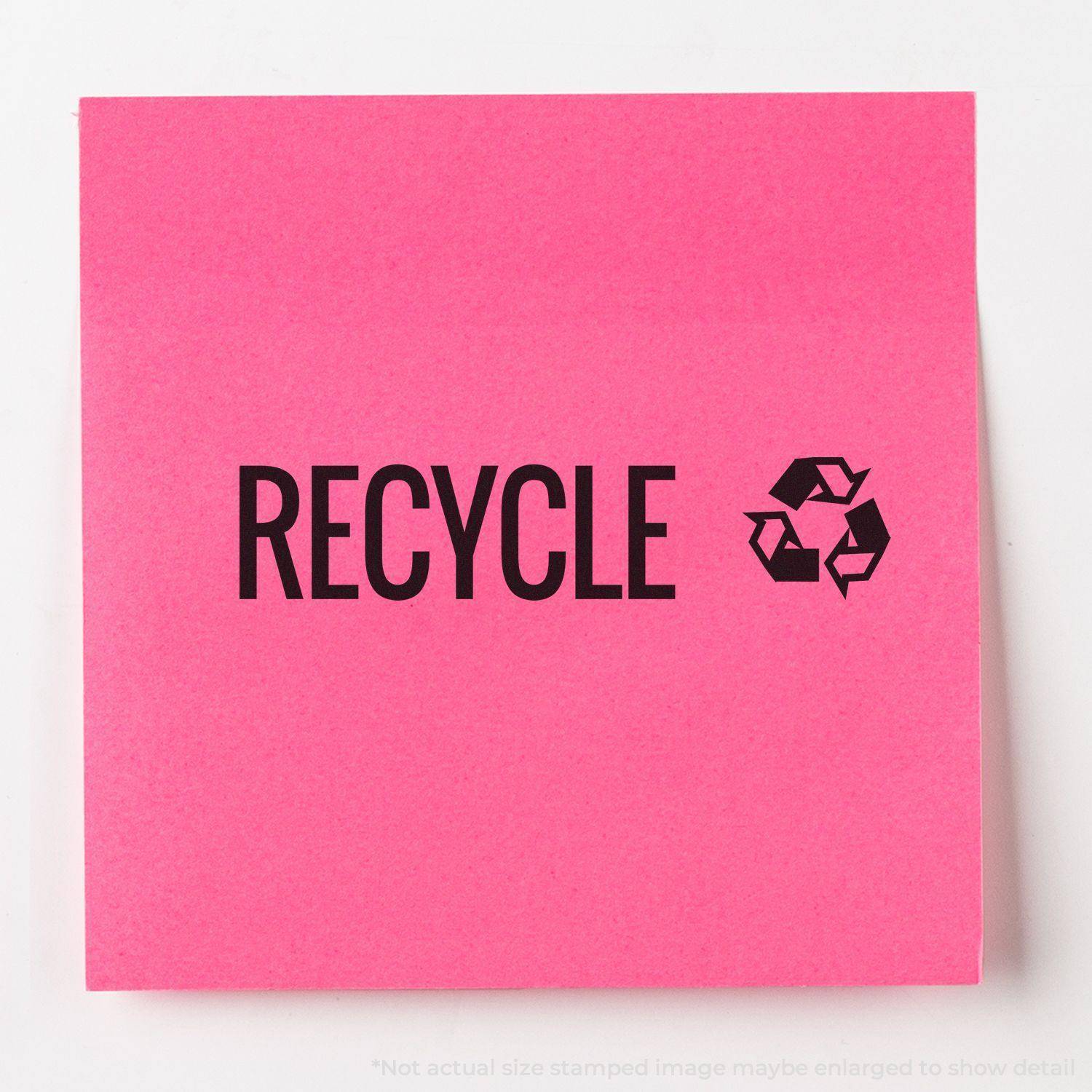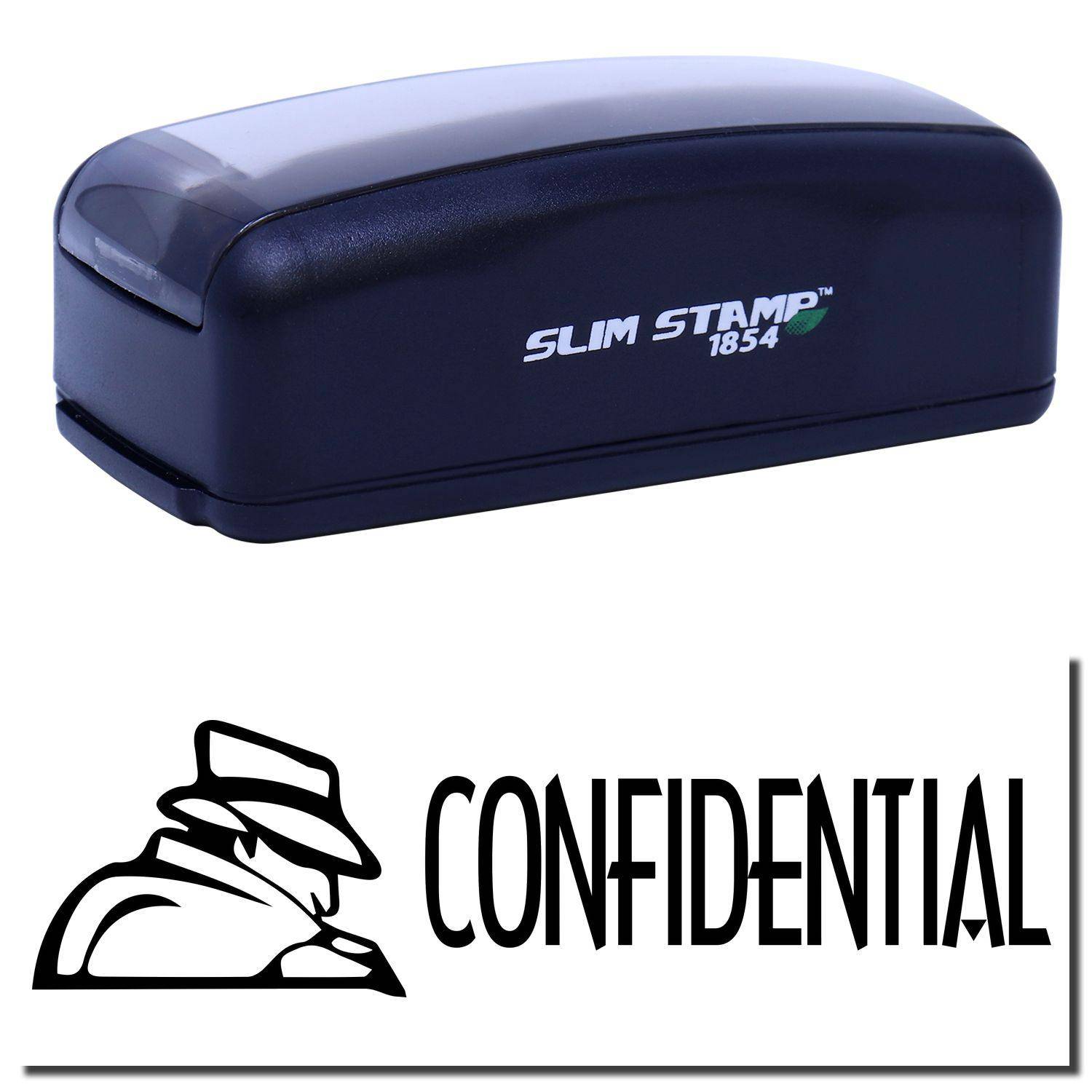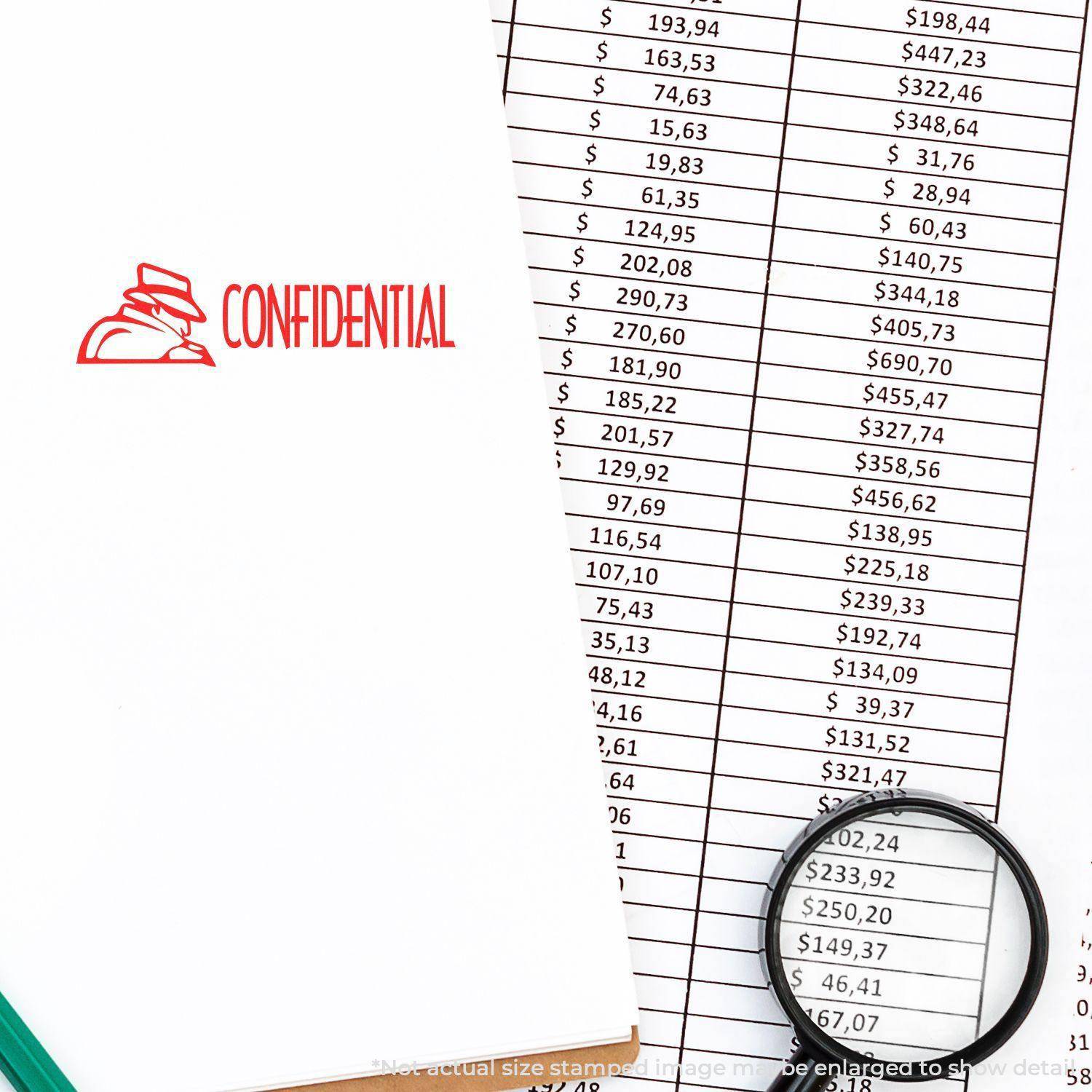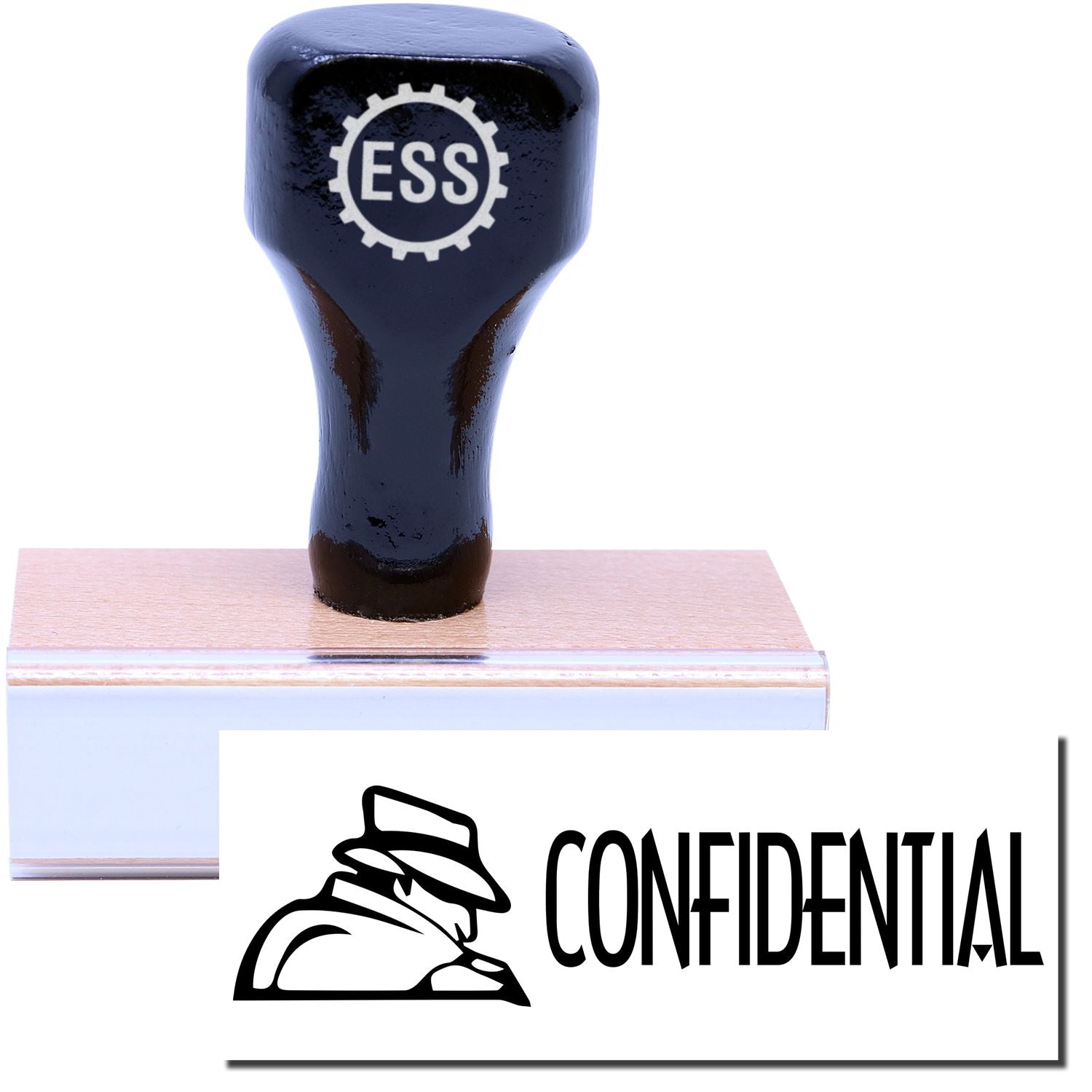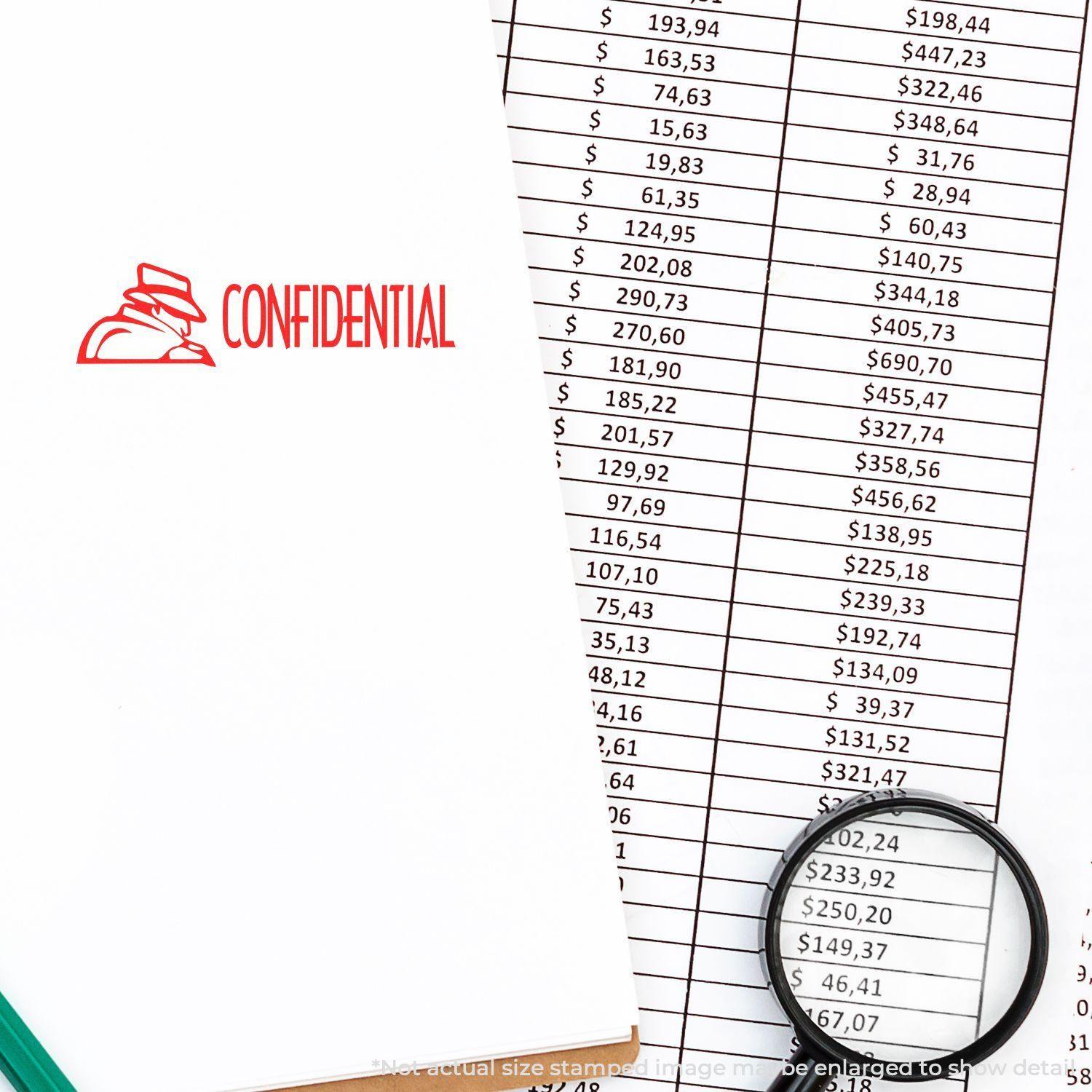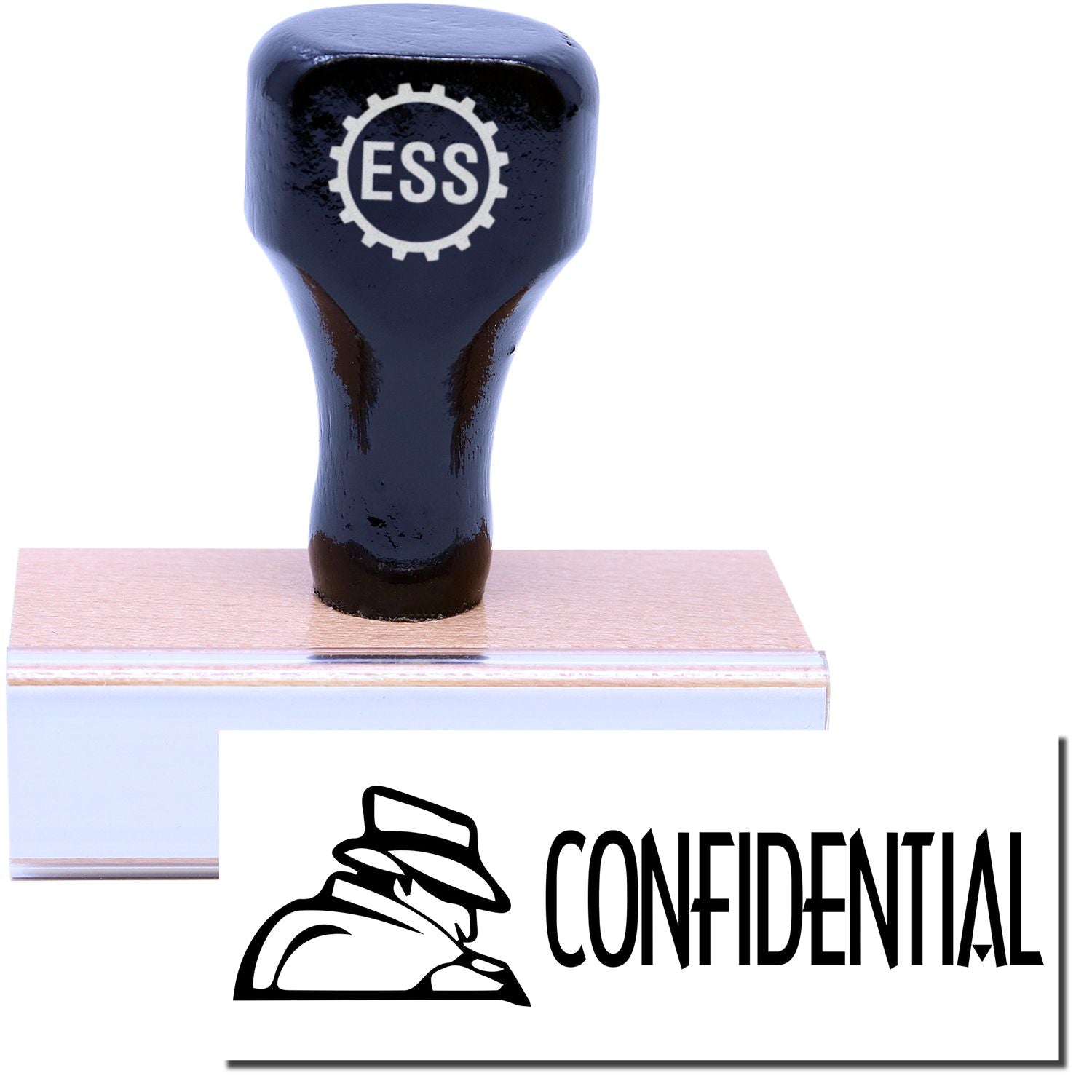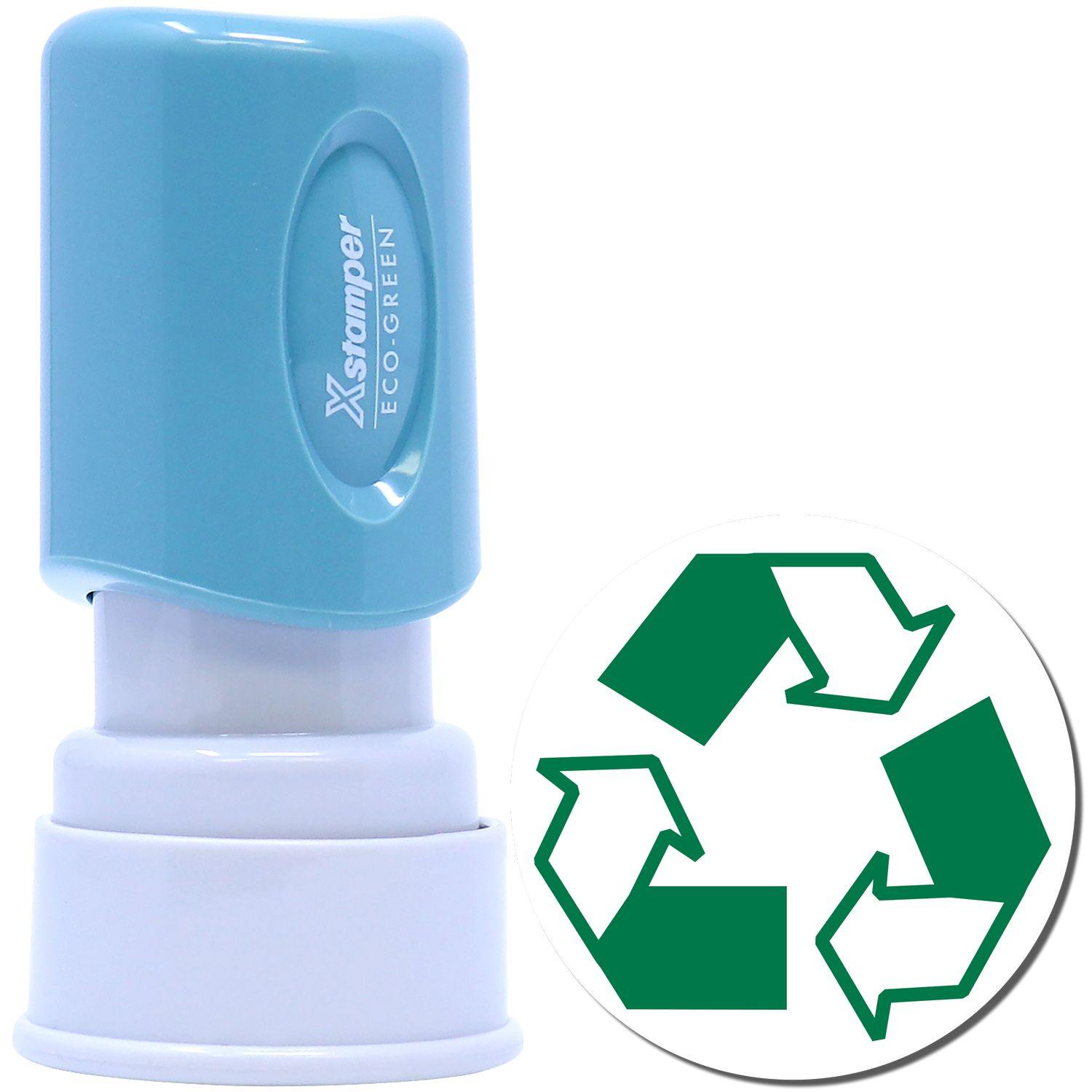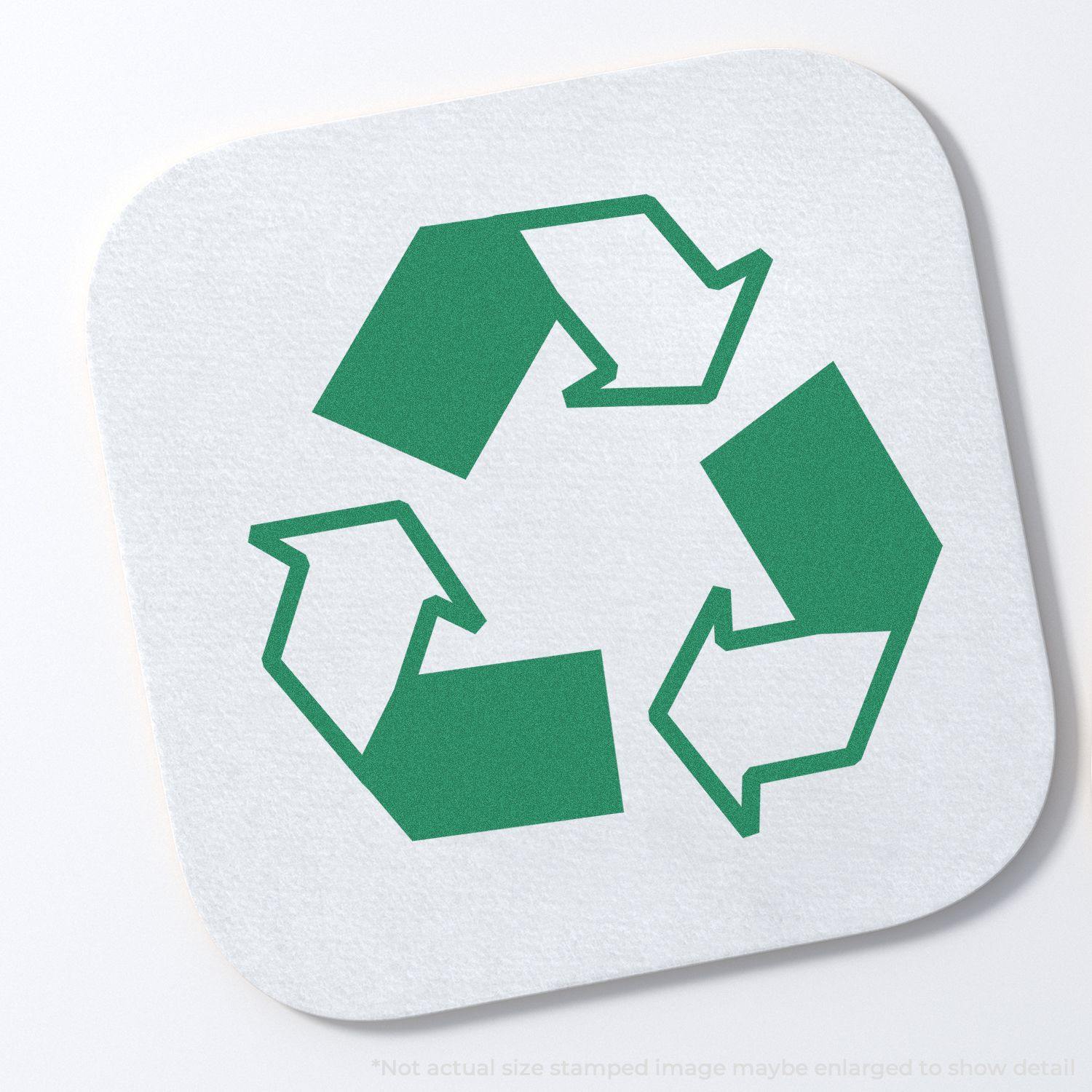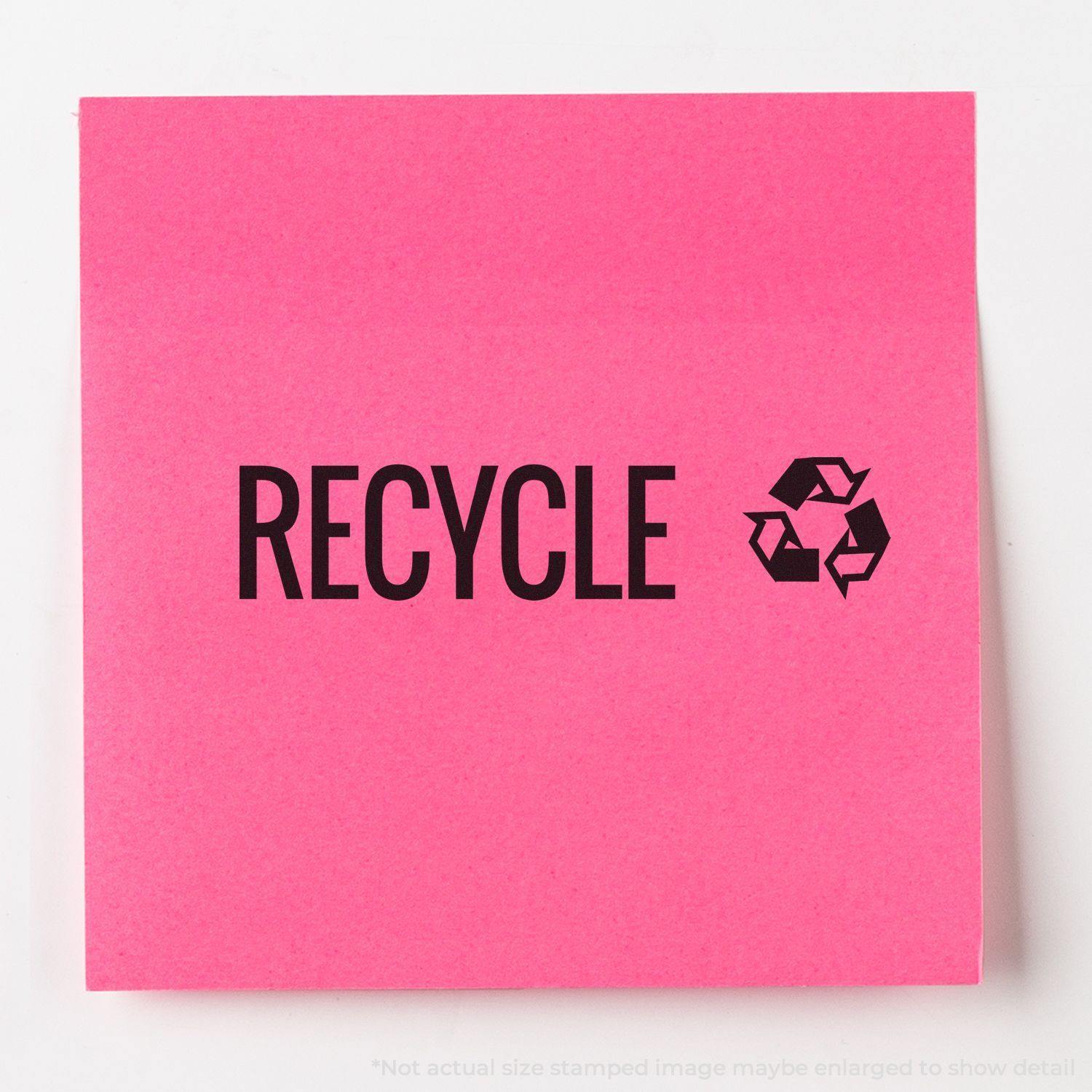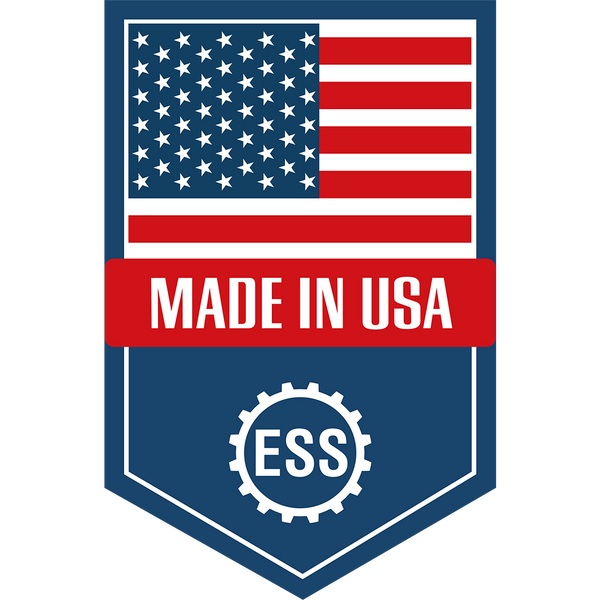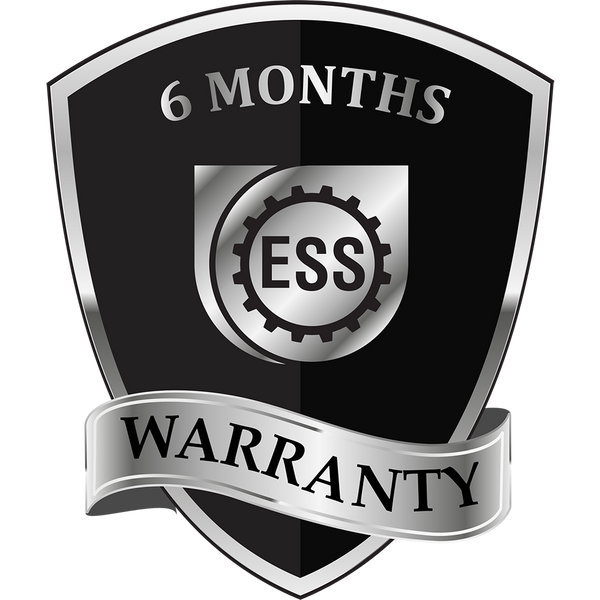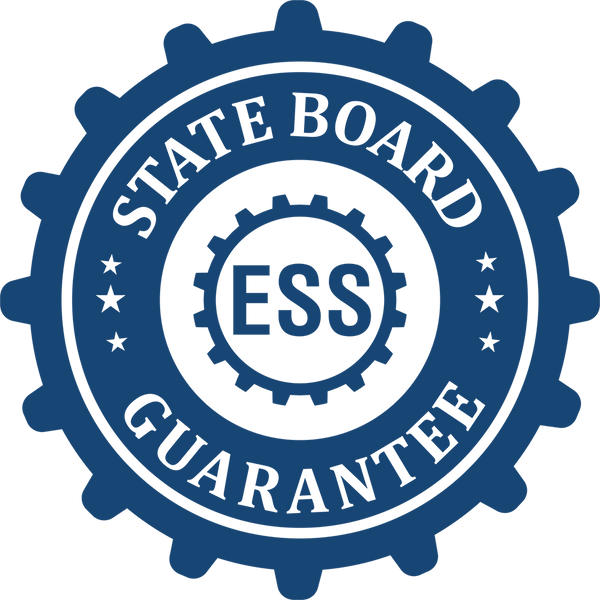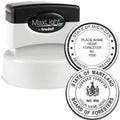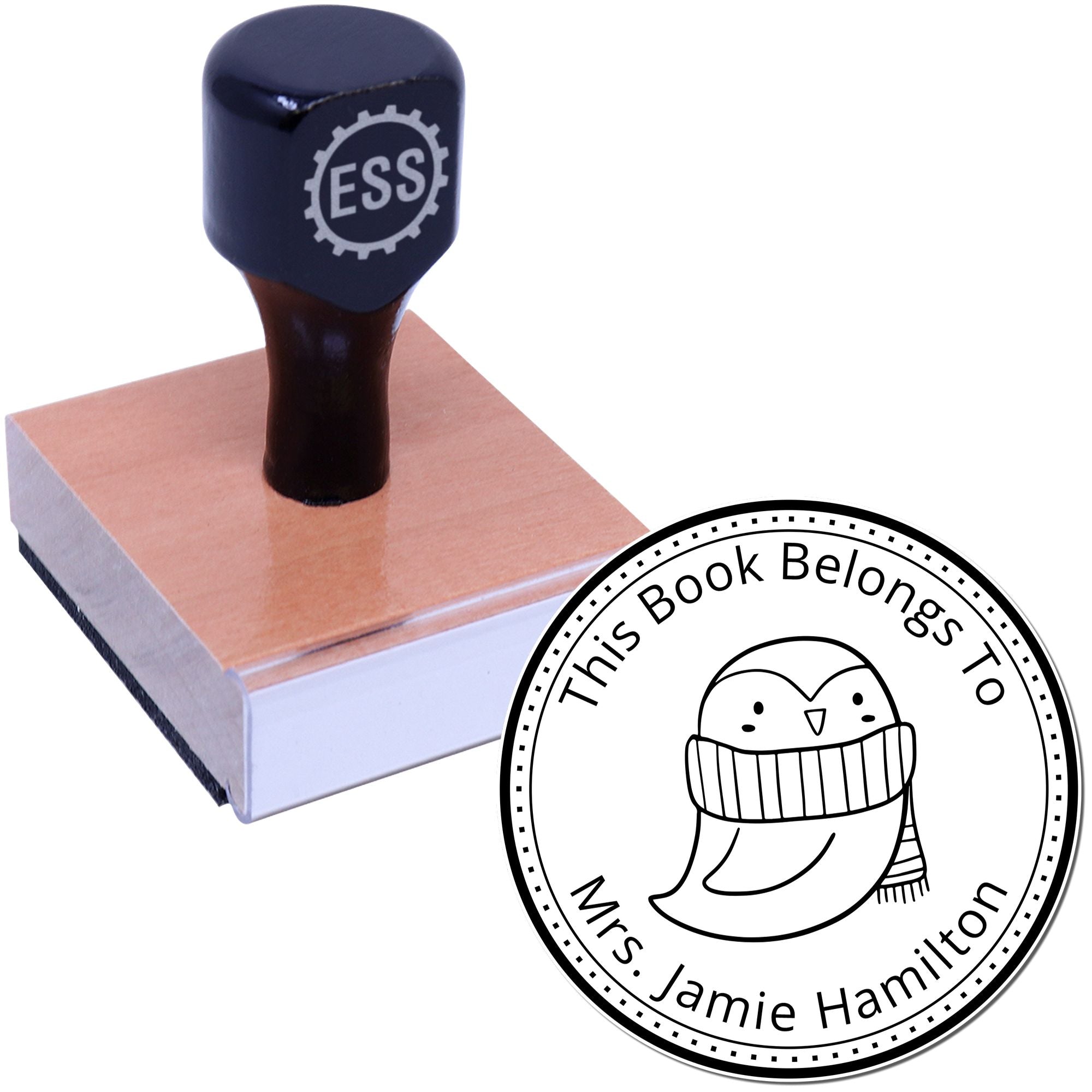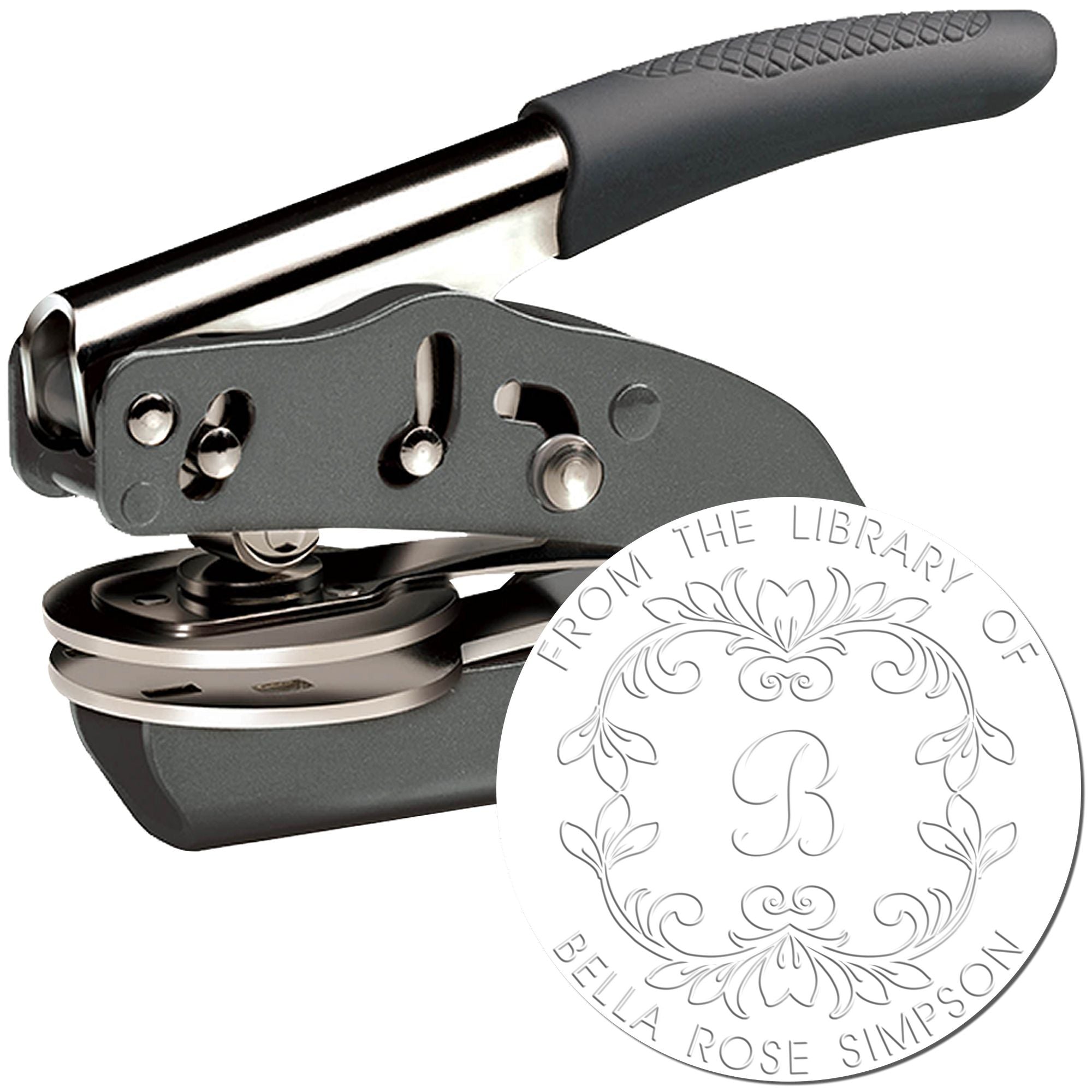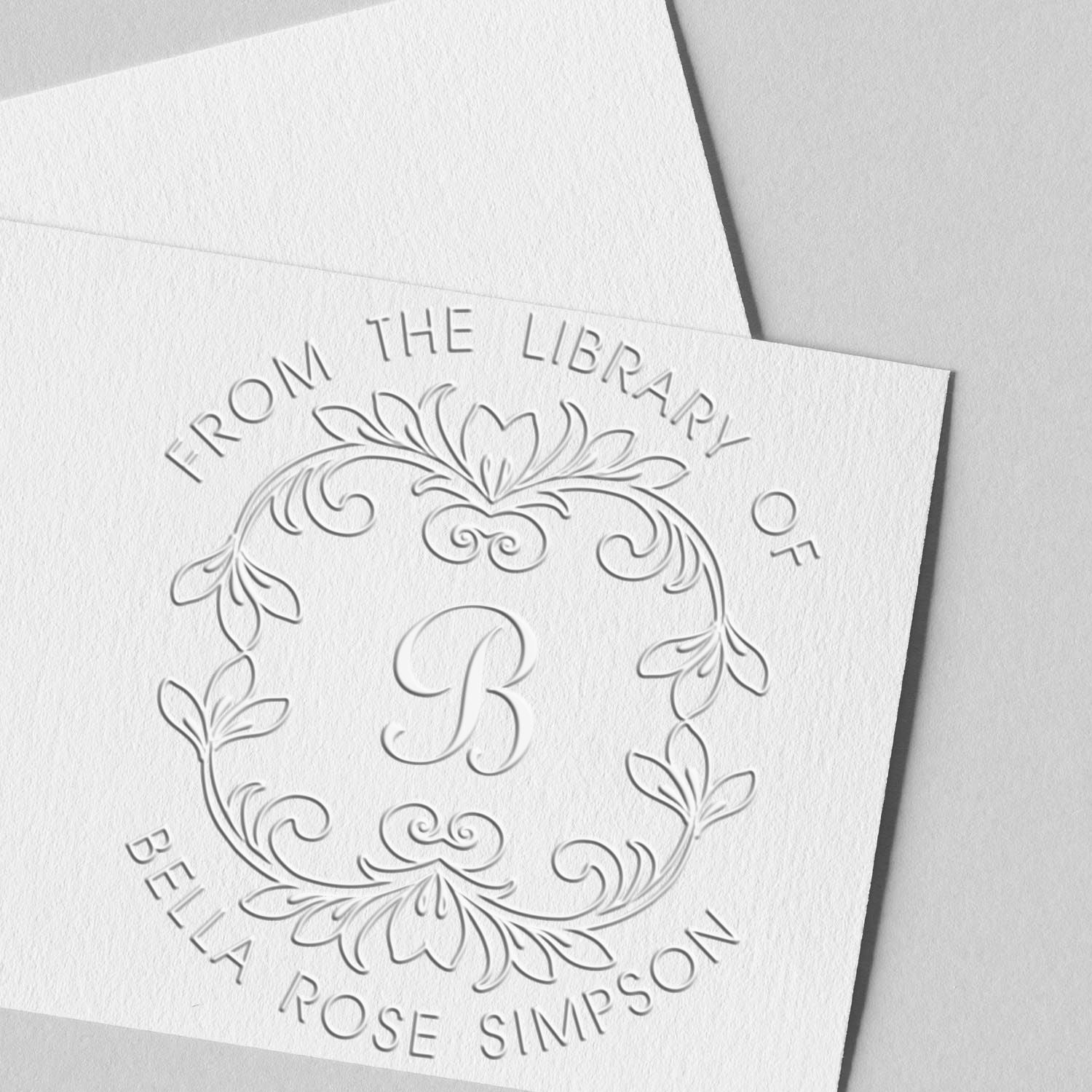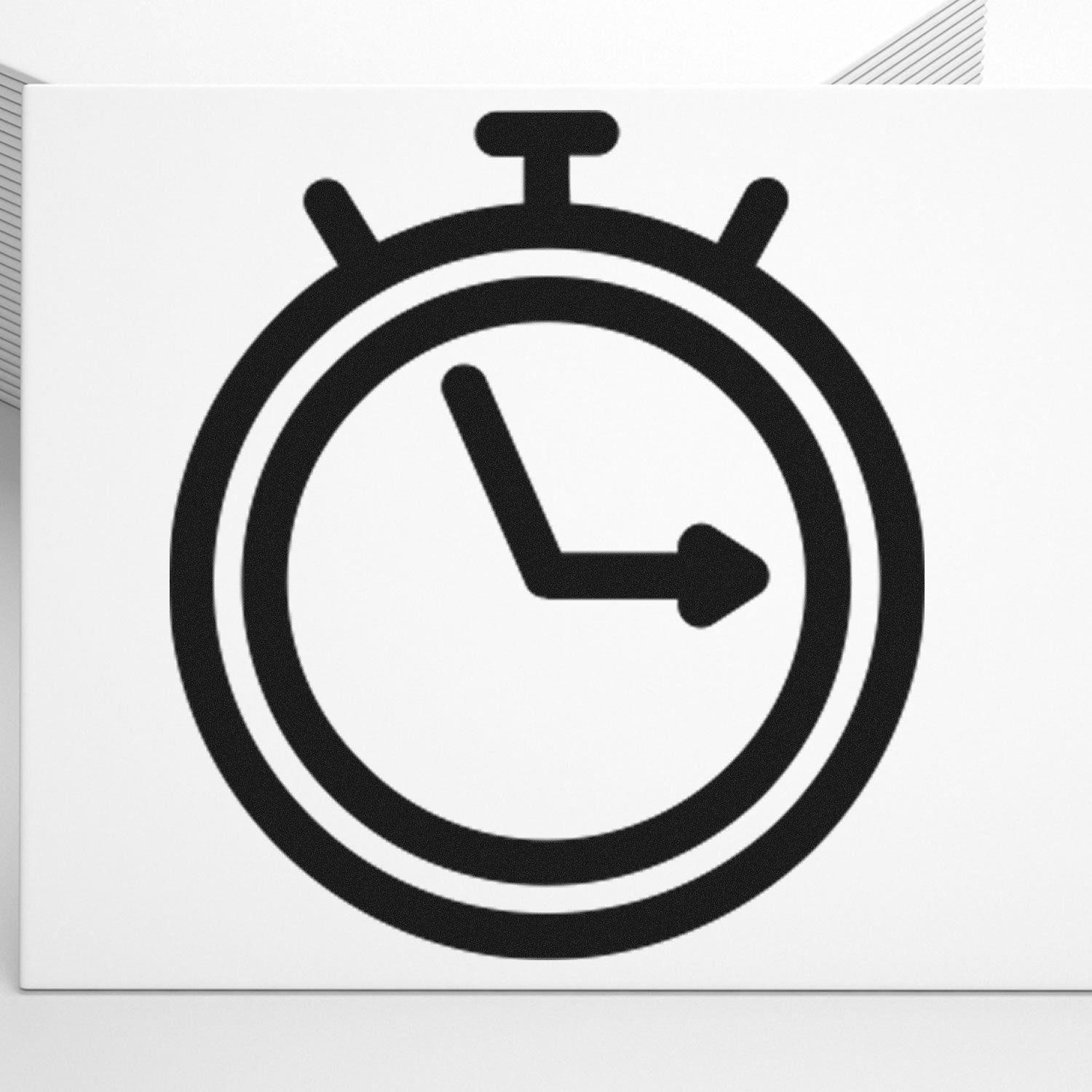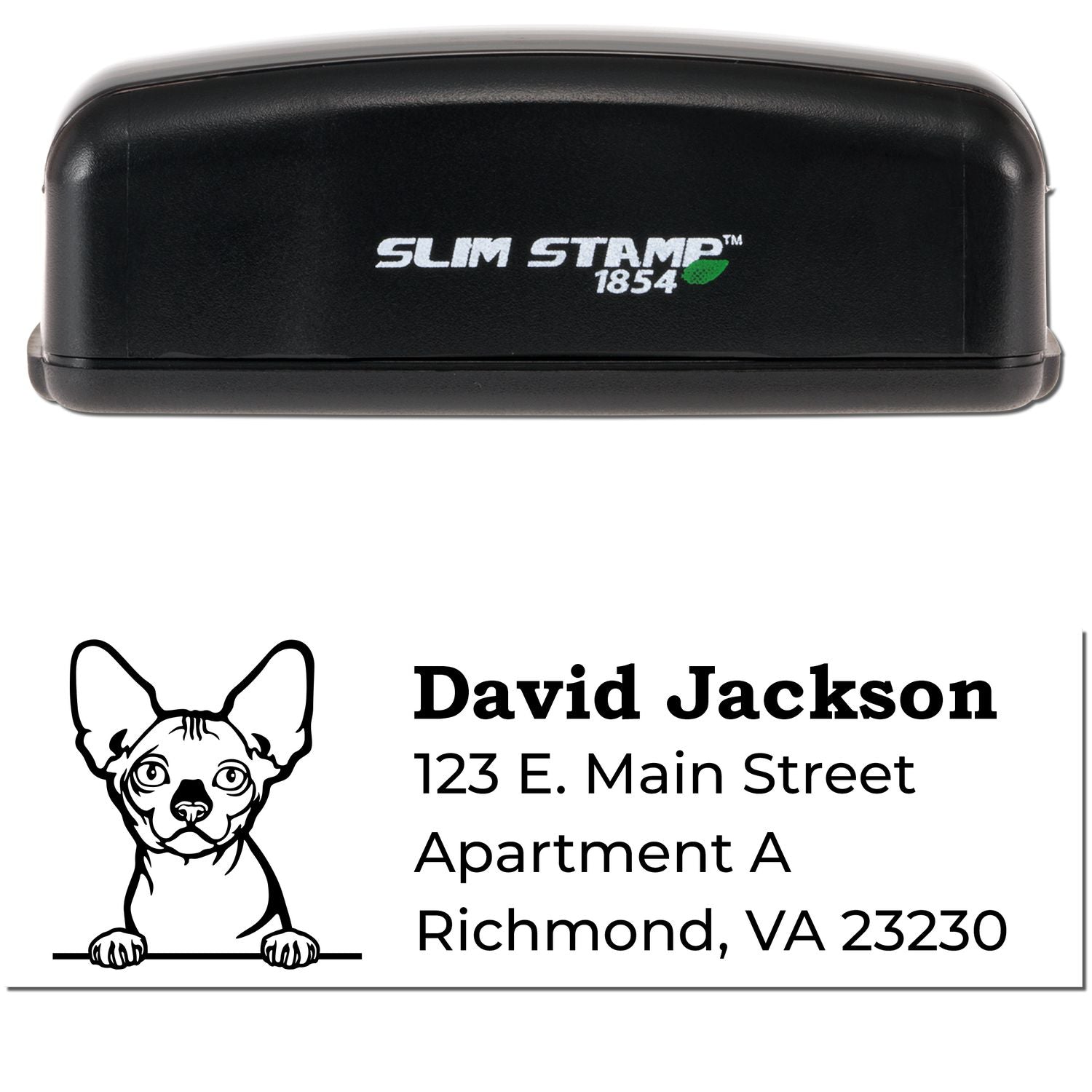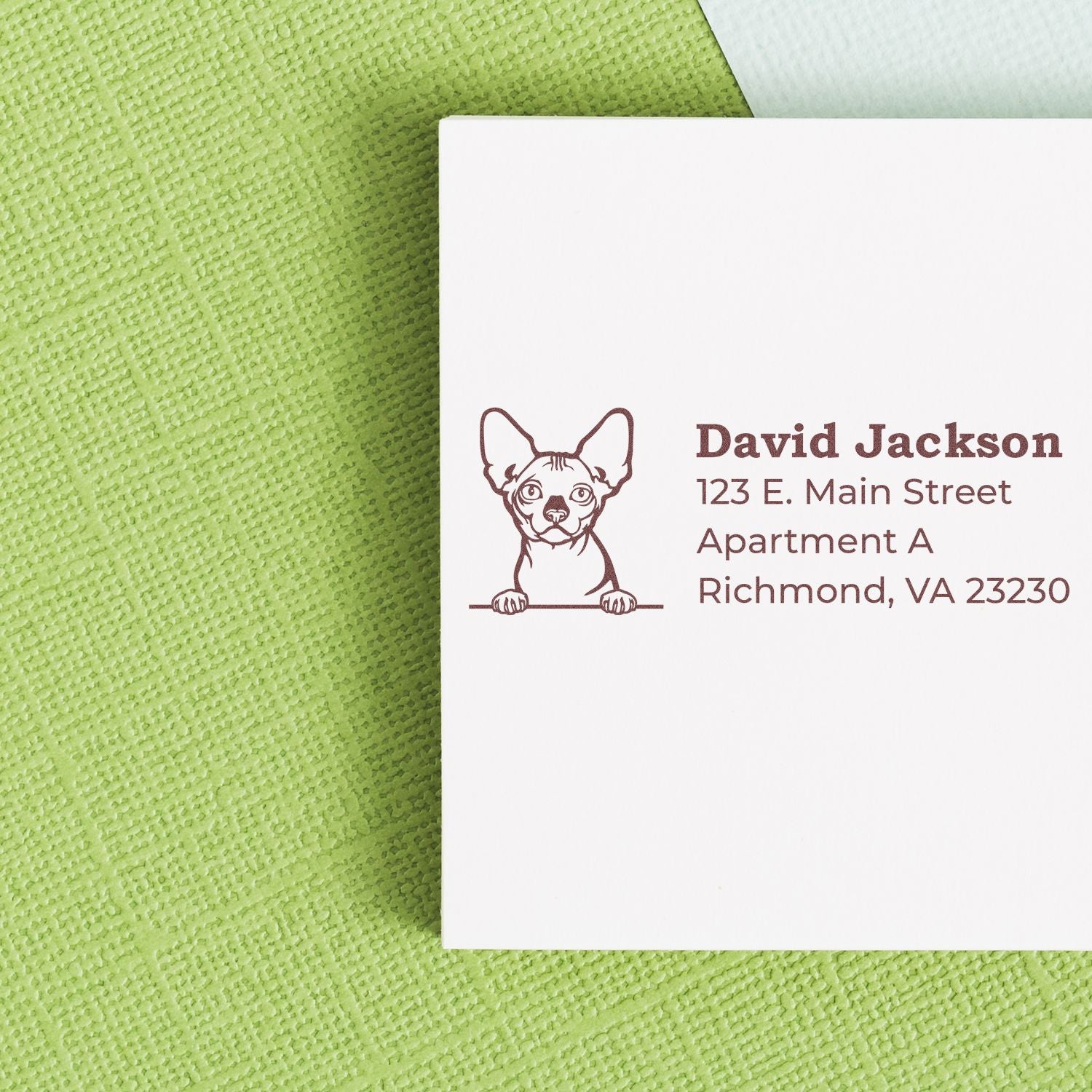Discover what embossing is
Have you ever held a business card with a raised imprint that felt extra special under your fingertips? That effect often comes from an embossing seal for business cards. Basically, embossing is the process of creating a raised design on paper. It not only catches the eye, but also adds a tactile dimension that sets your business materials apart. You can think of it like putting a personal signature in 3D form.
See how it benefits you
Why bother embossing at all? Because it instantly elevates your professional image. Here’s how:
- Adds visual flair: A raised seal draws attention to your name or logo.
- Conveys quality: Embossed details suggest care and commitment to your brand.
- Sparks conversation: People are more likely to remember and talk about a card that feels unique.
When you invest in an embossed design, you’re telling folks your work is worth a second look.
Pick the right design
Before you start, think about the impression you want to create. Do you want a monogram-style logo, simple initials, or a detailed icon? If you’re not sure, consider these steps to get it right:
- Sketch your concept: Grab a pencil and experiment with layouts.
- Keep it simple: Intricate patterns can look stunning, but too much detail may not translate well in embossing.
- Ask for a test run: Companies like Engineer Seal Stamps (ESS) can provide a preview of how your design will look when embossed.
Looking for something even more specialized? Have a peek at custom embossing stamps to explore other design possibilities.
Set up your embosser
Once you have a design, you’ll need the actual tool to create the magic. At ESS, you can find handheld or desktop embossers suitable for heavier use. Here’s what you typically do:
- Insert your custom die: This piece features your chosen design or text.
- Position your card: Align it carefully to ensure a centered impression.
- Press for a few seconds: Apply firm, even pressure to get a crisp raised design.
If you’re planning to use the same tool for things like personal stationery or even a custom book embosser, opt for a larger embosser that can handle various paper sizes.
Expand your embossing potential
An embossing seal isn’t just for business cards. If you’re anything like me, you’ll quickly discover other ways to show off that raised style:
- Personalized envelopes: Make your mail look extra polished.
- Certificates or awards: Highlight achievements with a classy raised seal.
- Gift tags or stationery: Add a personal note that literally pops off the page.
Engineer Seal Stamps understands that versatility is key, so they offer designs that can work across multiple projects. Simply switch out or reorient your die, and you’re ready for all sorts of creations.
Wrap up and next steps
An embossed impression can change the entire feel of your card, making it more memorable. By choosing a design that truly represents your brand, investing in a reliable tool from Engineer Seal Stamps, and exploring creative applications, you’ll set yourself apart. Whether you’re at a networking event or sending out a thank-you note, that raised, tactile element is sure to leave a lasting mark.
Remember: small touches can make big statements.
Frequently asked questions
How expensive is an embossing seal for business cards?
The cost varies based on design complexity and the type of embosser. Handheld options tend to be more budget-friendly, while heavy-duty desktop units cost a bit more but last longer.Can I use the same embossing seal on different paper types?
Yes, as long as the embosser can accommodate the thickness of your paper or cardstock. Thicker materials might need a higher-pressure embosser for a crisp impression.What if I want to change my design later?
You can often replace the die, depending on your embosser model. Engineer Seal Stamps provides options to update or swap out designs without purchasing an entirely new unit.Will an embossed card fit into a standard wallet or card holder?
Most embossed business cards still fit standard wallets and holders. The raised detail is typically subtle enough that it won’t add too much bulk.How do I keep my seal clean and well-maintained?
Gently remove any paper dust or residue from the die after each use. A quick wipe with a soft, lint-free cloth is usually enough, and you’ll be good to go for your next embossing session.
